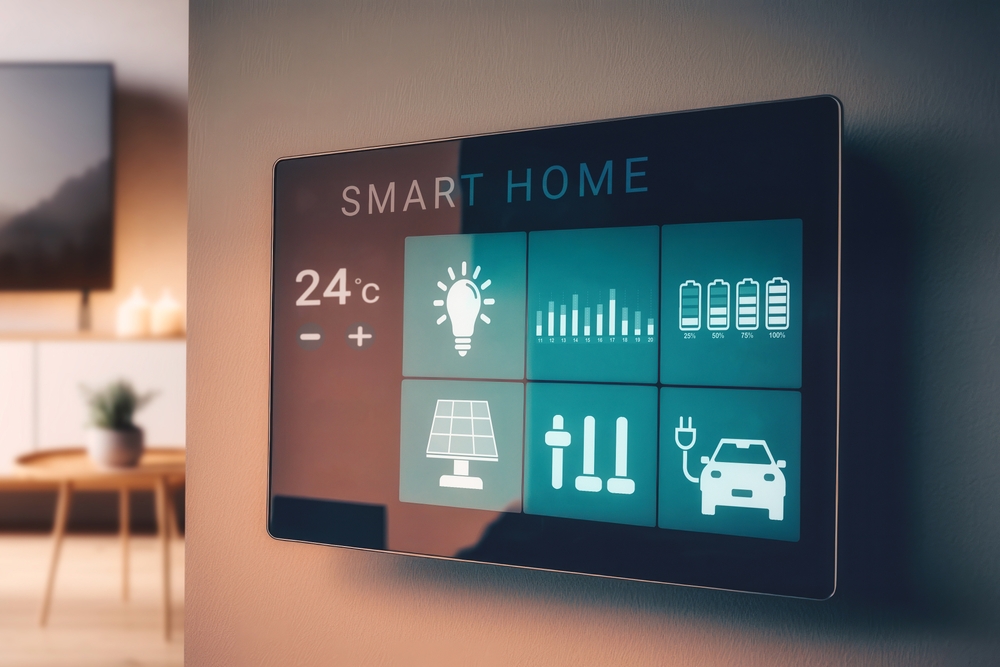Smart home technology promises convenience, efficiency, and peace of mind through connected security cameras, smart locks, and automated monitoring systems. But these same devices that are supposed to protect your home may actually be creating new vulnerabilities that traditional burglars and cybercriminals can exploit in ways that would make old-fashioned break-ins seem simple by comparison.
The interconnected nature of smart home devices means that a security breach in one system can potentially compromise your entire home network, giving attackers access to everything from security cameras to door locks. Understanding these risks is essential for creating truly secure smart home environments.
Connected devices expand your attack surface
Every smart device in your home represents a potential entry point for cybercriminals who can exploit weak passwords, outdated firmware, or poor encryption to gain access to your home network. Many smart home devices ship with default passwords that users never change, creating easy targets for automated hacking attempts.
Once attackers gain access to one device, they can often move laterally through your network to access other connected systems. A compromised smart doorbell could potentially provide access to your security cameras, smart locks, or even personal computers connected to the same Wi-Fi network.
Many consumers don’t realize that their smart home devices are continuously collecting and transmitting data about their daily routines, occupancy patterns, and security vulnerabilities. This information can be valuable to criminals planning physical break-ins or identity theft schemes.
Weak authentication creates systemic vulnerabilities
Most smart home systems rely on simple password protection that can be easily compromised through brute force attacks, social engineering, or data breaches at device manufacturers. Many users compound this vulnerability by using the same passwords across multiple devices and services.
Two-factor authentication is available for many smart home platforms but often goes unused because it adds complexity to the user experience. This convenience-security tradeoff leaves many homes vulnerable to attacks that could be prevented with stronger authentication measures.
Default device configurations often prioritize ease of setup over security, leaving devices with weak encryption, open network ports, or unnecessary data sharing enabled. Most users never modify these settings, assuming that manufacturers have configured devices securely out of the box.
Privacy invasion through legitimate channels
Smart home devices constantly collect data about your habits, schedules, and behaviors that can be accessed by device manufacturers, app developers, and their business partners. This data collection often extends far beyond what’s necessary for device functionality and may be shared or sold without explicit user consent.
Voice assistants and smart speakers continuously listen for wake words, but concerns exist about what audio data is stored, how long it’s retained, and who has access to these recordings. Some devices have been found to activate and record conversations without proper wake word detection.
Location tracking through smart home apps can reveal when you’re home or away, creating opportunities for criminals to monitor your routines and plan break-ins during predictable absence periods. This data may also be accessible to employees of device manufacturers or cloud service providers.
Physical security gaps in digital systems
Smart locks and security systems can create false confidence while actually providing less security than traditional mechanical systems. Electronic locks can be vulnerable to power failures, network outages, or sophisticated electronic attacks that wouldn’t affect traditional deadbolts.
Many smart security cameras store footage in cloud services that may be less secure than local storage options, potentially allowing unauthorized access to surveillance footage of your home interior and family activities. Some camera systems have been compromised to allow strangers to view live feeds or even communicate through built-in speakers.
Over-reliance on smartphone apps for security control creates vulnerabilities when phones are lost, stolen, or compromised. If your phone controls your door locks, security system, and garage doors, losing device access could leave you locked out or unable to secure your home.
Comprehensive security requires layered protection
Change all default passwords immediately and use unique, strong passwords for each smart home device and associated app. Consider using a password manager to generate and store complex passwords that would be difficult to remember otherwise.
Regularly update firmware and software for all connected devices, enabling automatic updates when available. Manufacturers frequently release security patches that address newly discovered vulnerabilities, but these updates only provide protection if they’re actually installed.
Segment your home network by creating separate Wi-Fi networks for smart home devices, keeping them isolated from computers and phones that contain sensitive personal information. This network segregation limits the potential damage if smart home devices are compromised.
Review privacy settings and data sharing agreements for all smart home devices and services, opting out of unnecessary data collection and limiting information sharing with third parties whenever possible. Understand what data is being collected and how it’s being used before connecting devices to your network.
Consider hybrid approaches that combine smart technology with traditional security measures, maintaining mechanical backup locks and security systems that don’t rely entirely on network connectivity or electronic systems that could fail or be compromised.
















